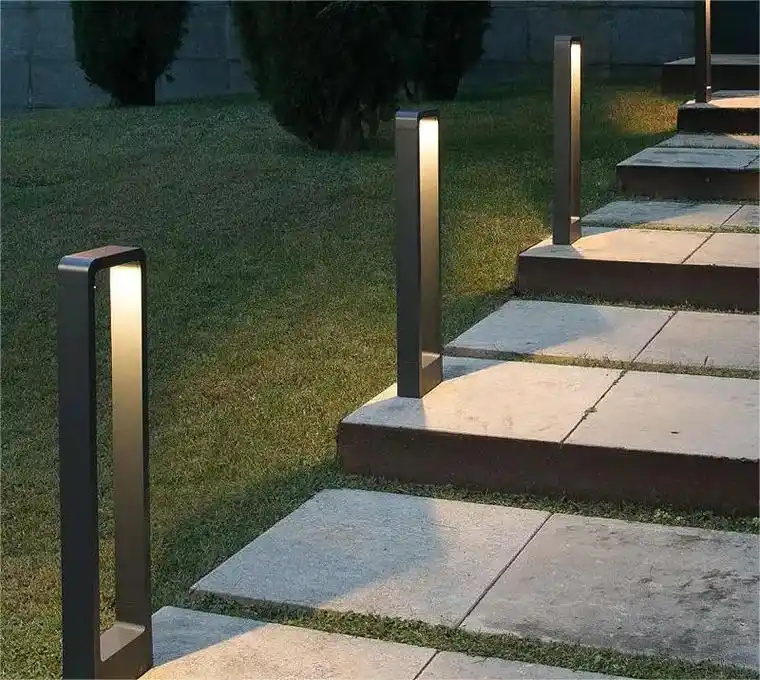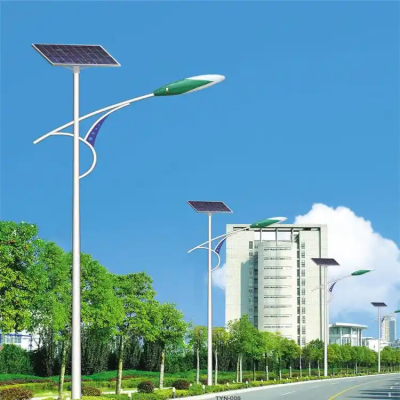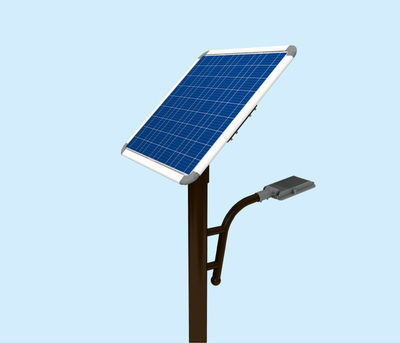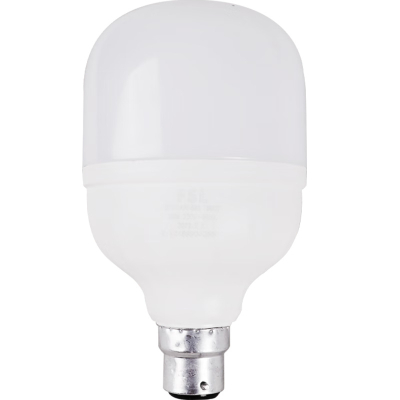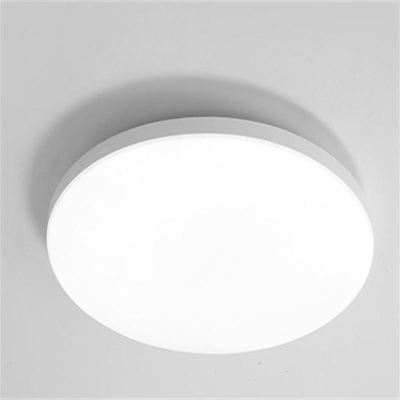Landscape Lighting
Landscape lighting is a specialized form of outdoor lighting that focuses on enhancing the aesthetic and functional aspects of outdoor spaces such as gardens, parks, commercial landscapes, and large estates. It involves the strategic placement of lighting fixtures to highlight natural and man - made features, create a particular mood, and improve safety and visibility during the evening hours.
Path lights are designed to illuminate walkways, driveways, and other pedestrian paths. They are usually low - to - medium - height fixtures that provide a downward - facing, focused light. The housing is often made of durable materials like aluminum or plastic and is weather - resistant. The light source, commonly LEDs, emits a soft glow to guide people safely along the path. They can have a diffused lens to spread the light evenly and reduce glare.
Mounting options include stake - mounted, where a pointed stake at the bottom allows for easy insertion into the ground, or surface - mounted for more permanent installations on hard surfaces like patios or stone paths.
Spotlights are used to draw attention to specific landscape features such as statues, fountains, large trees, or architectural details. They produce a narrow, intense beam of light that can be adjusted in terms of direction and angle. The housing is typically made of a robust material like die - cast aluminum to withstand outdoor conditions and protect the light source.
The light source can be a high - intensity LED or in some cases, a traditional halogen bulb. Spotlights often have a reflector to focus the light and a lens to shape the beam. They can be mounted on the ground, attached to a wall, or placed on a pole depending on the desired effect and the feature being highlighted.
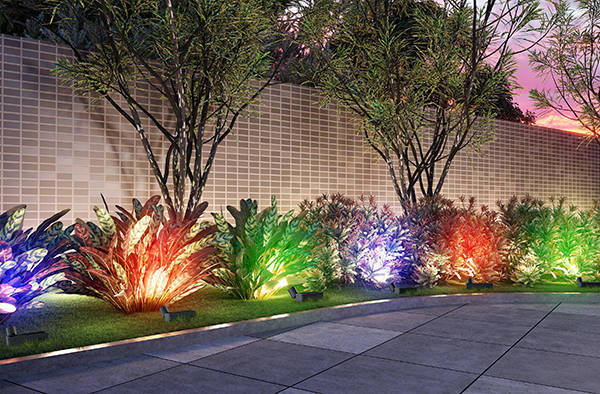
Floodlights are designed to cover a wide area with a broad, high - intensity beam of light. They are useful for illuminating large landscape areas such as gardens, lawns, or building exteriors. The housing is usually made of a durable, weather - proof material like aluminum alloy and has a sealed design to prevent water and dust ingress.
LED floodlights are popular due to their energy - efficiency and long lifespan. The reflector and lens combination in floodlights is designed to project the light over a large area. They can be mounted on poles, walls, or buildings to provide wide - angle illumination.
Wall - mounted landscape lights are attached to exterior walls of buildings, fences, or other structures. They can provide both upward and downward illumination, depending on the design and the intended effect. The housing is made to be weather - resistant and often has a decorative finish to blend in with the architecture.
These lights can use LEDs or other light sources and have different beam angles to light up areas such as entrances, patios, or the base of a wall. They are installed using brackets and screws and can enhance the safety and aesthetic of the area around the wall.
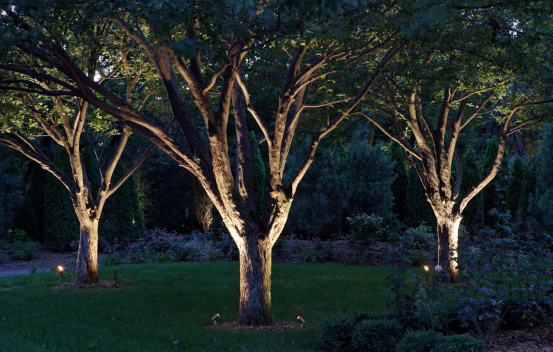
The main purpose of landscape lighting is to highlight the most interesting and attractive features of the landscape. This could include natural elements like trees, flower beds, water features, or man - made structures such as sculptures, pergolas, and stonework. By carefully directing light onto these features, their texture, shape, and color are emphasized, creating a focal point in the landscape.
For example, a spotlight placed at the base of a large oak tree can illuminate its trunk and branches, casting interesting shadows and bringing out the details of the bark. Similarly, a floodlight can be used to light up a water fountain, making the water sparkle and creating a dynamic visual effect.
The choice of light color, intensity, and distribution can significantly impact the mood of a landscape. Soft, warm - white light (around 2700 - 3000K) can create a cozy and inviting atmosphere, perfect for a residential garden or a quiet outdoor seating area. In contrast, cooler - white light (around 5000 - 6500K) gives a more vibrant and energetic feel, suitable for commercial landscapes or areas where better visibility is required.
Dimming capabilities and the use of multiple light sources with different intensities can also add depth and drama to the landscape. For instance, a garden with a combination of bright path lights and softer, more diffused accent lights can have a romantic and enchanting feel.
Effective landscape lighting involves layering different types of lights to create a well - composed and visually appealing scene. This includes using a combination of path lights for safety and guidance, spotlights to highlight key features, and floodlights to provide ambient or background illumination.
The height and position of the lights also play a crucial role in the composition. Taller lights like pole - mounted floodlights can provide an overall canopy of light, while lower - placed path lights and ground - level spotlights add detail and interest at different levels. The arrangement of lights should follow the natural contours and lines of the landscape, such as the edges of paths, the shape of flower beds, or the flow of water features.
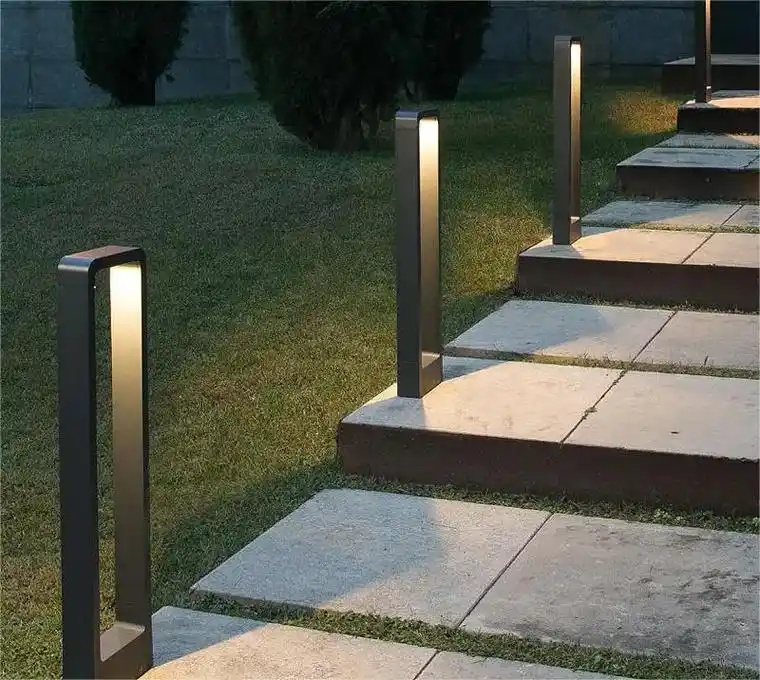
Before installation, a detailed plan of the landscape lighting layout is essential. This involves identifying the key features to be lit, determining the type and number of lighting fixtures needed, and mapping out the electrical connections. The plan should also consider the viewing angles from different parts of the property and the overall flow of light throughout the landscape.
It's important to consider the function of each area, such as whether it's a high - traffic path that requires bright and even illumination or a decorative area where a more subdued and artistic lighting effect is desired.
Landscape lighting can be powered by a standard electrical grid or, in some cases, by solar power. For grid - connected systems, proper wiring is crucial. The wiring should be buried underground in a conduit to protect it from damage and weather conditions. The use of low - voltage systems (usually 12 - 24 volts) is common to reduce the risk of electrical shock and simplify installation.
In solar - powered landscape lighting, the solar panels need to be placed in an area with maximum sunlight exposure to ensure efficient charging of the batteries. The batteries are usually located near the lighting fixtures and need to be protected from the elements.
After installation, the lighting fixtures may need to be adjusted to achieve the desired effect. This includes adjusting the direction and angle of spotlights and floodlights and checking the brightness and color balance of all the lights. Regular maintenance is also important to ensure the longevity of the lighting system.
This involves cleaning the fixtures to remove dirt and debris, checking for any damage to the housing, lenses, or electrical components, and replacing bulbs or batteries as needed. In the case of solar - powered lights, it's also necessary to clean the solar panels regularly to maintain their efficiency.
Landscape lighting enhances the beauty of outdoor spaces, making them more visually appealing and inviting. It can transform an ordinary garden into a magical and enchanting place at night, highlighting the unique features and creating a sense of depth and dimension.
By illuminating paths, steps, and other potential hazards, landscape lighting improves safety and reduces the risk of accidents. It also provides a well - lit environment that can deter intruders and make the property more secure.
With proper lighting, outdoor spaces can be used and enjoyed well into the evening. This is especially beneficial for outdoor entertaining, such as hosting barbecues, parties, or simply relaxing on a patio or in a garden after dark.

